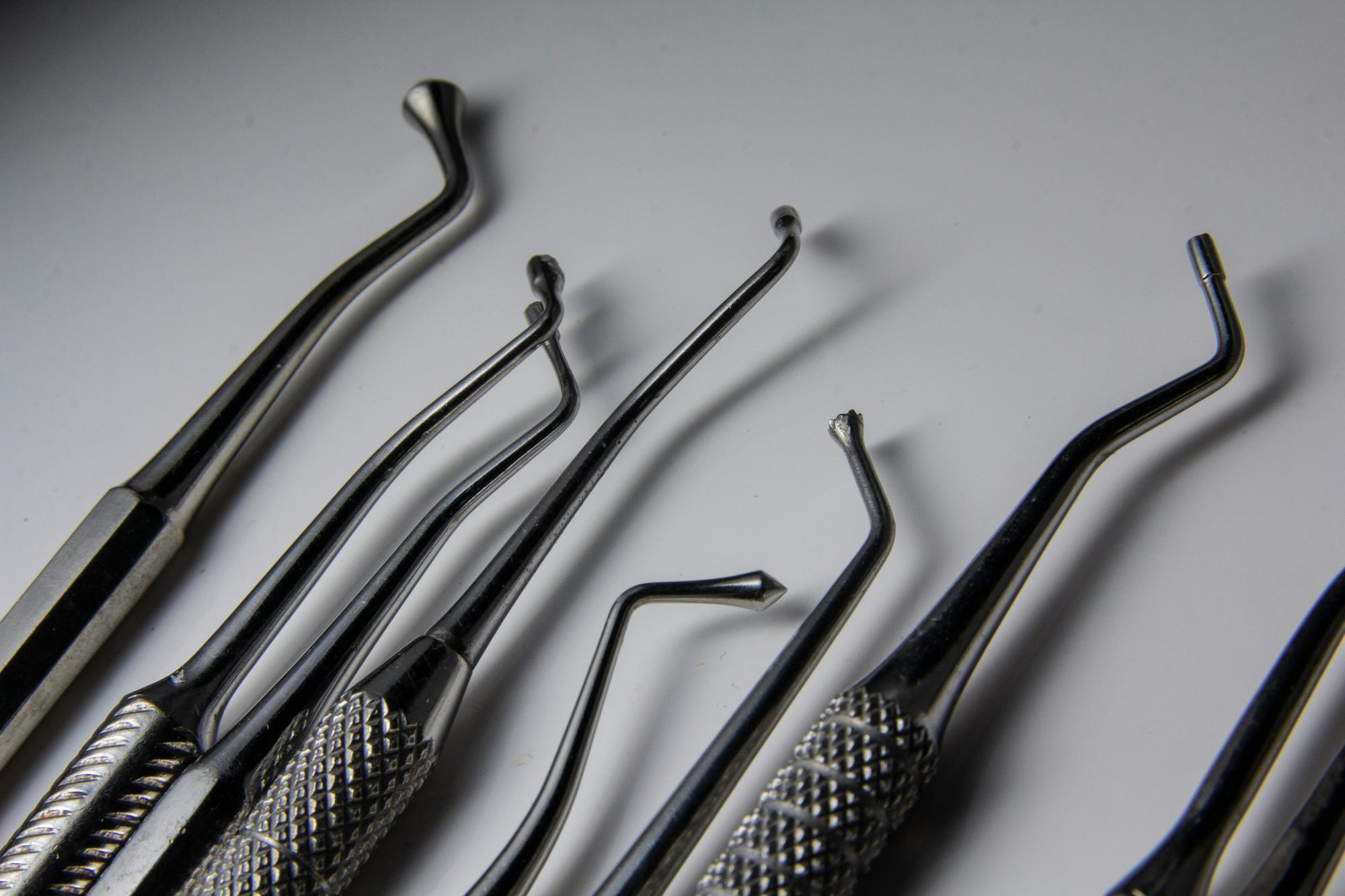
Biocompatibility
medicine, surgical instruments, implants
This is a key requirement for instruments and components intended for direct contact with live tissue. Titanium nitride is the standard choice in this regard.
Biocompatibility is the ability of a material or equipment to work in the body without causing unwanted immune reactions, toxicity or damage to the surrounding tissue. Ensuring biocompatibility is critical, especially in the field of medicine and healthcare facilities regarding surgical instruments, implants (e.g. joint replacements, stents), and diagnostic devices. Biocompatible materials must be resistant to biological processes such as degradation and they must support natural healing and regeneration of tissue.
Materials often used for biocompatible applications include titanium, stainless steel, ceramics, specialty polymers, and other bioinert materials. The selection of a suitable material depends on the specific application and the required properties.
In medical and dental technology, where PVD coatings are used to treat the surface of implants and surgical instruments. Titanium nitrides, zirconia, oxynitrides, carbides and other ceramic coatings, ensure not only increased resistance to wear and corrosion, but also improve the biocompatibility of surfaces.
Measurement
Several factors are taken into account when evaluating biocompatibility, such as:
Cytotoxicita: testing whether the material causes cell damage. PVD coatings can reduce the risk of inflammatory reactions by preventing bacterial adhesion and facilitating integration with surrounding tissue. This leads to a reduction in the risk of infections after surgical procedures and promotes the integration of the implant with the surrounding tissue. In this way, PVD coatings facilitate the healing process and ensure stable and long-term performance of the implant in the body.
Hemocompatibility: is a key requirement for materials and surfaces that come into contact with blood, such as cardiovascular stents, heart valves or dialysis catheters. Some PVD coatings are specially designed to optimize interaction with blood, reducing the risk of thrombosis (blood clotting) and ensuring safety for long-term use.
Long-term stability and degradation: PVD coatings provide materials with significant improvements in mechanical properties such as hardness and resistance to wear and fatigue. These properties extend the life of surgical instruments and implants while reducing the likelihood of microparticles or tiny fragments that could lead to adverse reactions in the body, such as inflammation or an immune response.
Resistance to corrosion and chemical degradation: Surfaces treated with PVD coatings exhibit excellent corrosion resistance in body fluids, which is critical for applications where the material is exposed to an aggressive chemical environment. This property ensures that no harmful substances are released from the material that could lead to local or systemic toxicity.

